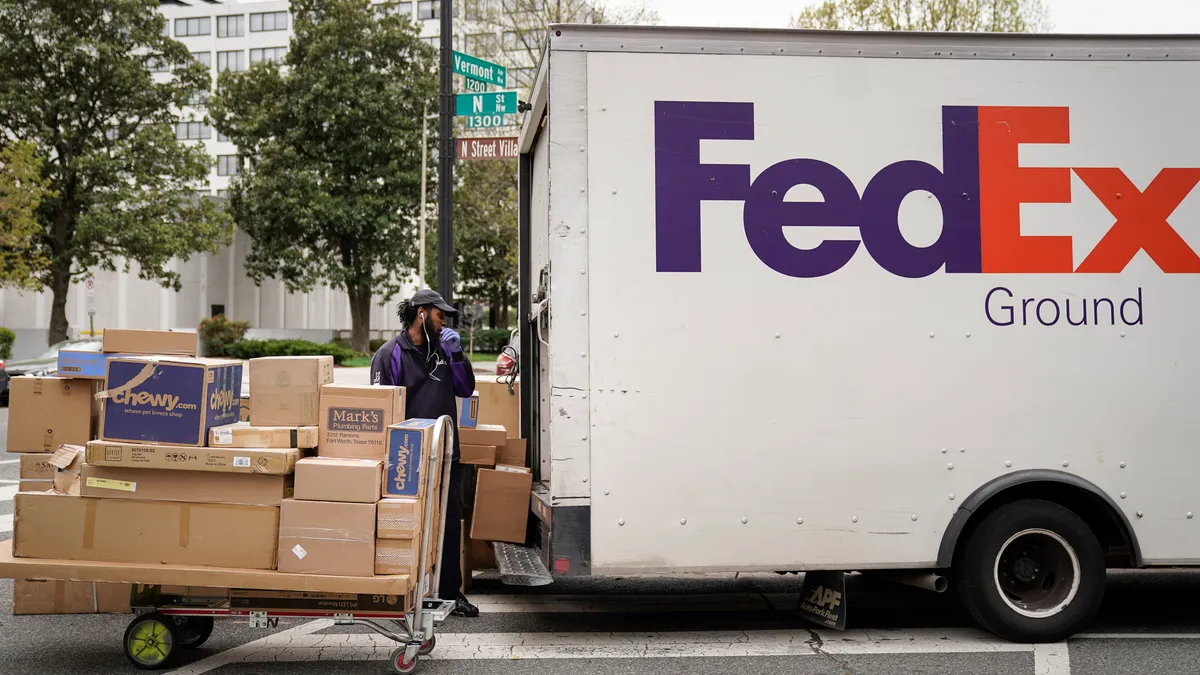In today’s increasingly competitive landscape, it’s important for organizations to continually identify areas of improvement within supply chain operations. One method to do this is through a series of benchmarking assessments, which allows an organization to determine its overall performance and improve processes.
According to a Supply Chain Management Review survey, 76% of respondents feel that benchmarking is ingrained in their supply chains’ business methods, but only 61% feel benchmarking is a vital component within their organizations’ decision making.
The challenge for many companies is often learning what a successful benchmarking program looks like and overcoming the hurdles that prevent them from realizing the full benefits of the methodology.
We spoke with two experts who have experienced firsthand the value of what benchmarking can do for supply chains: Grace Woo, director supply chain strategy – procurement at McCormick and Company, and Osório Carvalho Dias, head of logistics strategy at Brazilian Post Office (BPO), the biggest logistics company in Brazil and the official postal operator for that country.
Where should companies begin?
Some companies start with the idea that perfect data is required to get any value from benchmarking. But, finding a perfect analog to any supply chain is impossible.
Woo explains, “We benchmark using information from peer groups and other third-party services. Business changes fast and benchmarking is important to making sure we are heading in the right direction.”
Data integrity is important too, and is what Woo refers to as “getting to one version of the truth.”
“Data has to be clean. If nothing else, benchmarking as a tool for improving supply chain operations can break companies out of complacency. We went through this in our operations several years ago; it was a good wake up call to compare ourselves against the industry,” adds Woo.
Carvalho Dias explains the initial approach taken by BPO, “We determined the areas most important to measure by mapping all the existing processes within our internal supply chain. The goal was to identify any gaps and disconnects while evaluating the performance of each group of processes — including areas like technology, process standards, human skills, key performance indicators (KPIs) and best practices.”
There will be challenges along the way
Benchmarking is a process, and it takes a plan and persistence before it will deliver positive results for a supply chain. It also needs to be viewed as a company-wide initiative.
“Cross functional support is vital. This includes sales, marketing and other business partners,” says Woo. “Companies need to be careful that it doesn’t just become a distraction and busy work. It’s common for people to just keep asking for more data. At some point you need to just get on with it.”
At the same time, it takes a clear focus on the end goals and holding people on task.
“Another benefit was linked to the change in behavior of the professionals involved,” says Carvalho Dias. “Employees began to study more, be more interested in learning about logistics and key process indicators, as well as logistics technology.”
Carvalho Dias’ internal benchmarking process follows the standardized KPIs based on the APICS SCOR (Supply Chain Operations Reference) model. “It brought all the necessary knowledge to map processes, detect gaps and reshape them using the best practices portfolio inside SCOR,” he says. “The method also introduced a common language for the internal logistics operations of Brazilian Post Office, allowing everyone to be on the same page as to concepts and their definitions.”
Focus on results and avoid the jargon
Carvalho Dias and his team have seen impressive results from their efforts. “We place great emphasis on training and employee involvement in the process and feel that has been the biggest reason for the improvements we’ve seen.”

When asked about the industry’s new favorite buzzword ‘big data’, Woo suggests to first, “Worry about the small data. Company-wide ERPs are designed to help with process, not measure it. This is where big data usually comes from, and as a result does not provide very useful information. We get the most value from regional metrics, which ensures against our benchmarks becoming too generalized.”
The final assessment
Neither Woo nor Carvalho Dias would say the path to using benchmarking and assessment was easy. Although, both agree the challenge has been well worth it to improve their supply chain performance.
“Looking back, it was hard at times, but it has transformed our business,” recalls Woo. “It’s hard to believe how far we’ve come, but it all started with recognition that we needed to change. It’s also important to celebrate victories, most companies don’t do this enough.”
“There is no question that this process has been great for our company. The training and development provides both the company as a whole and the individual employees with benefits that make the cost and time a worthwhile investment,” concludes Carvalho Dias.









